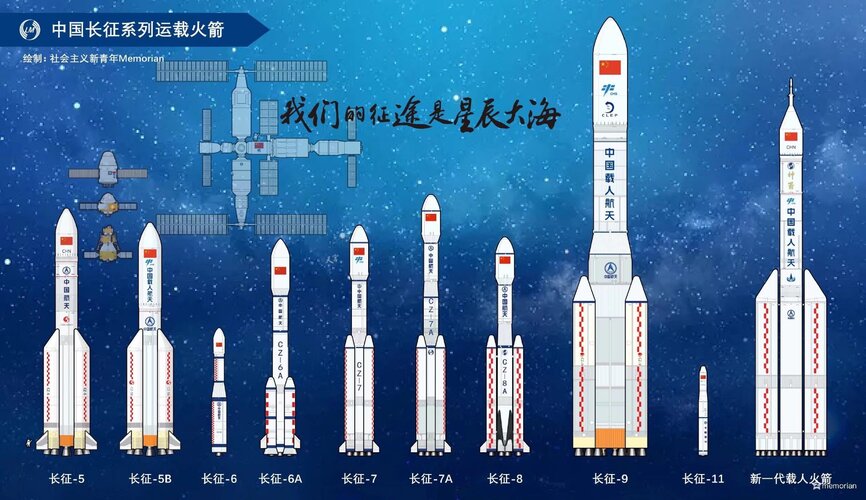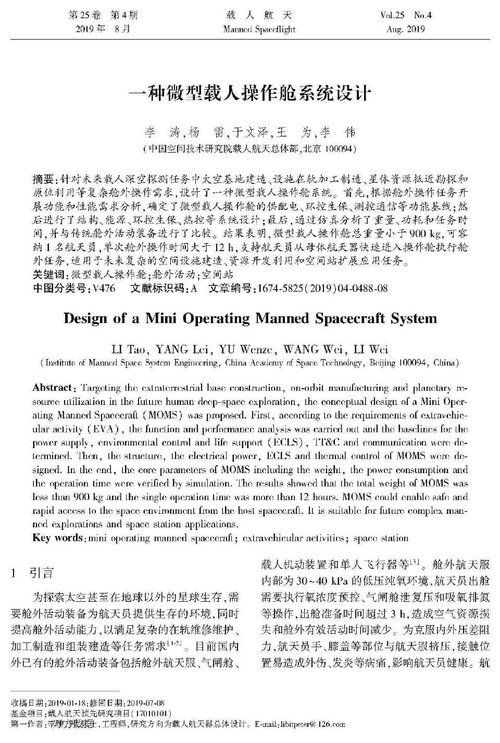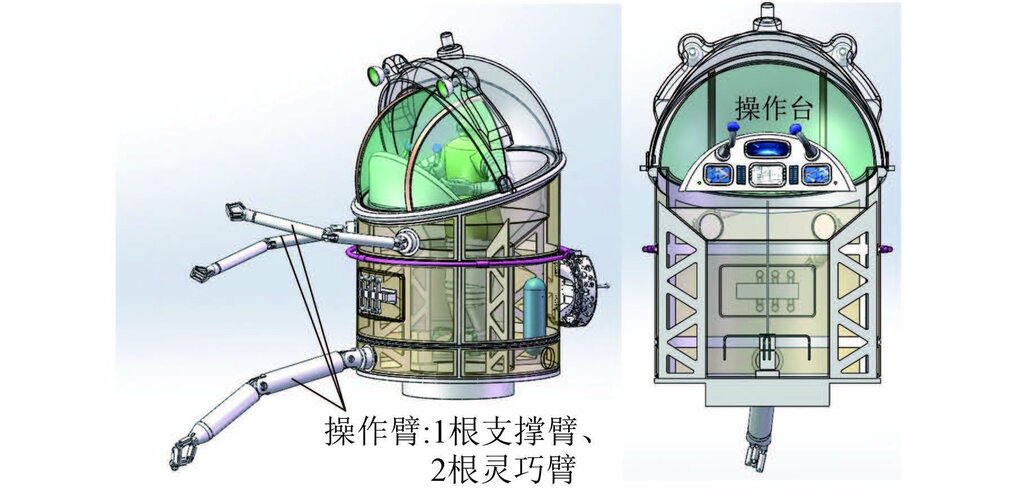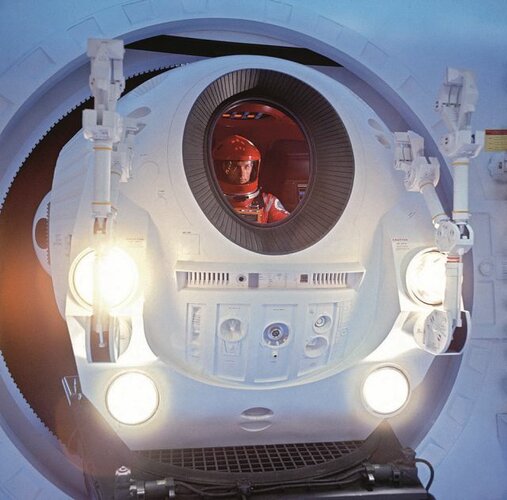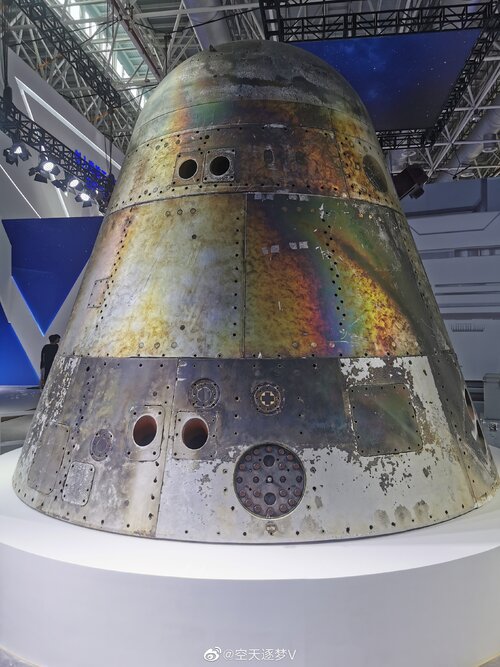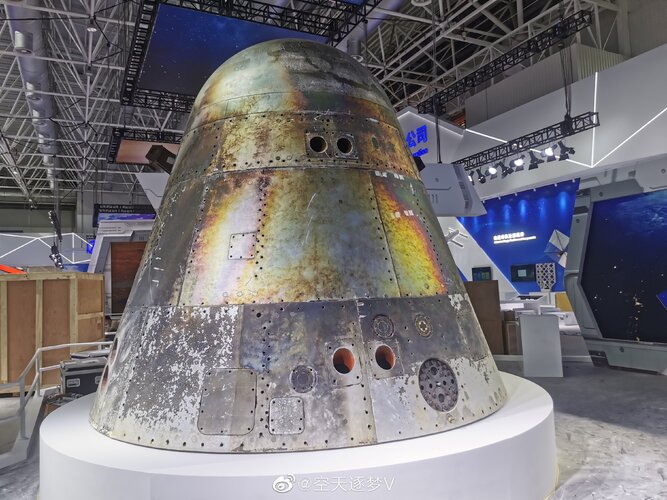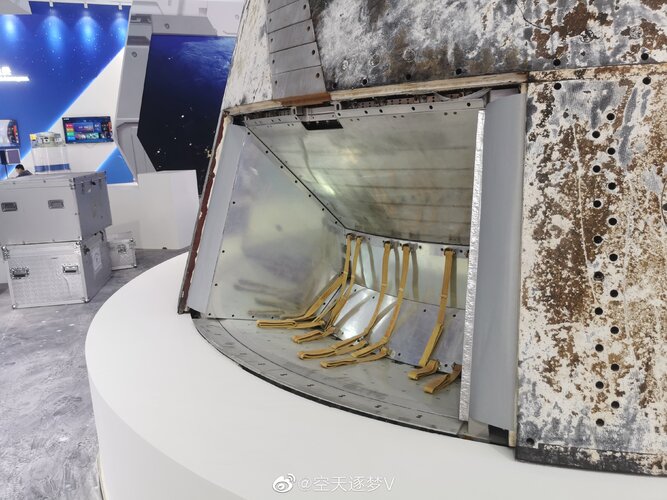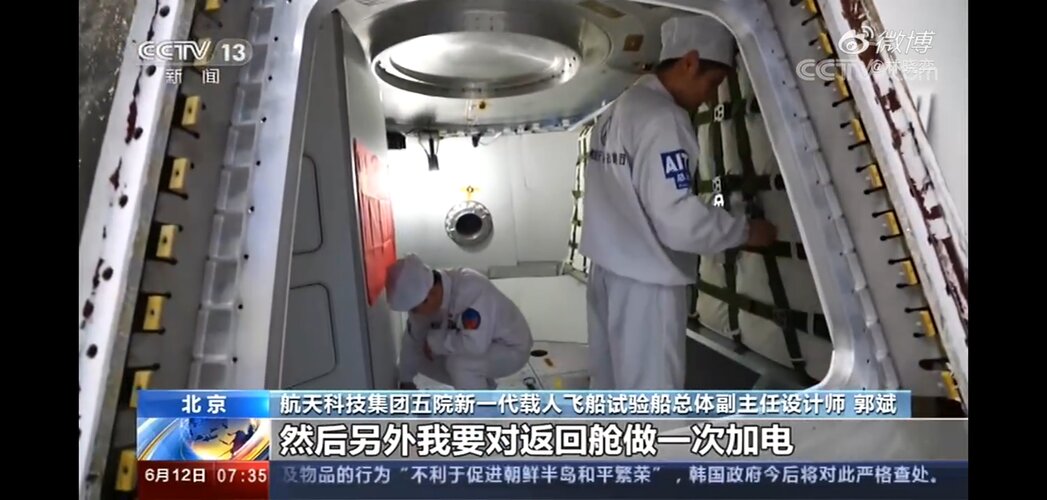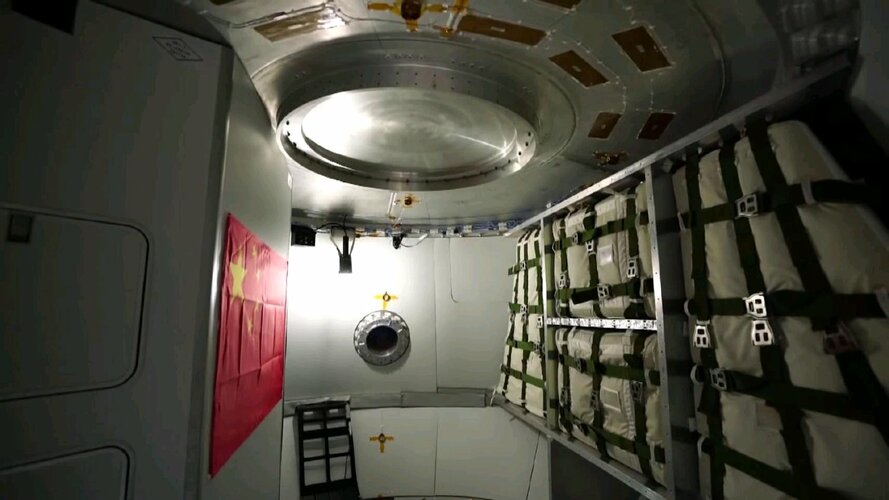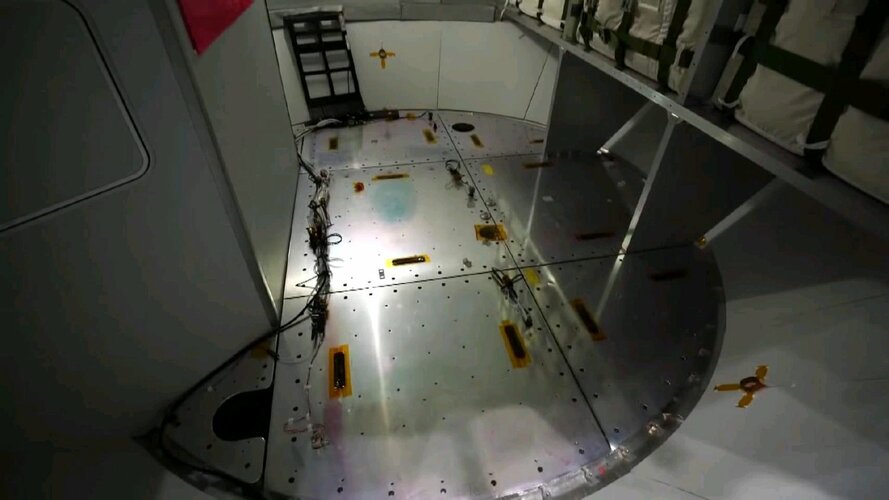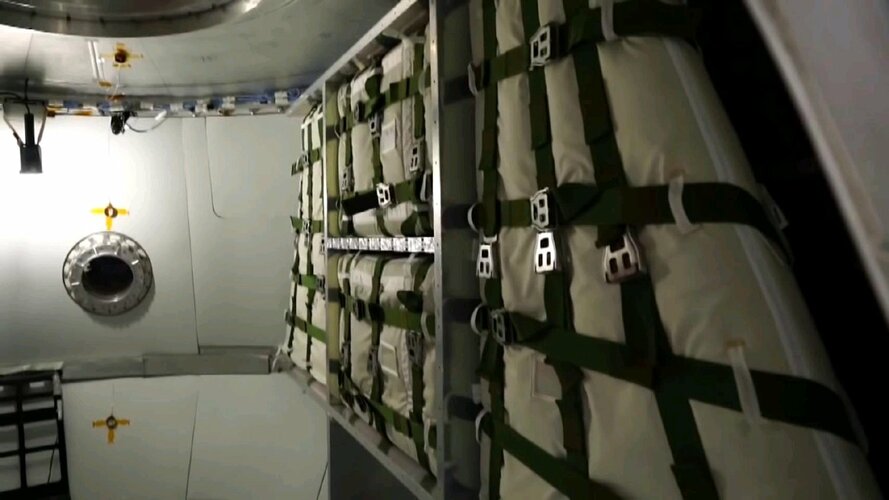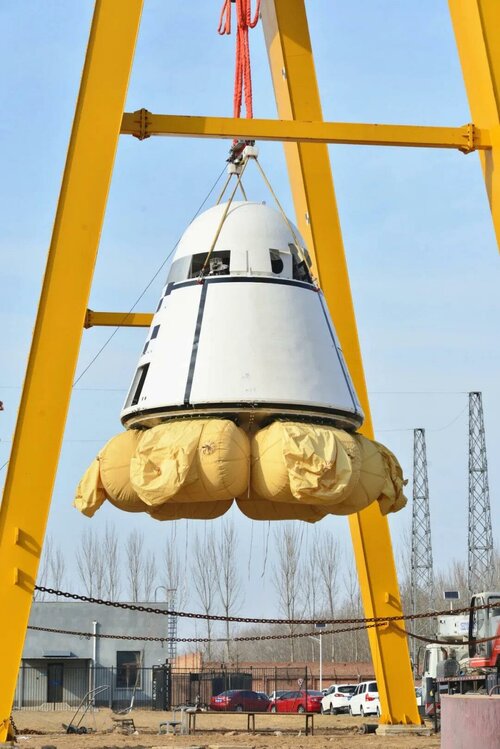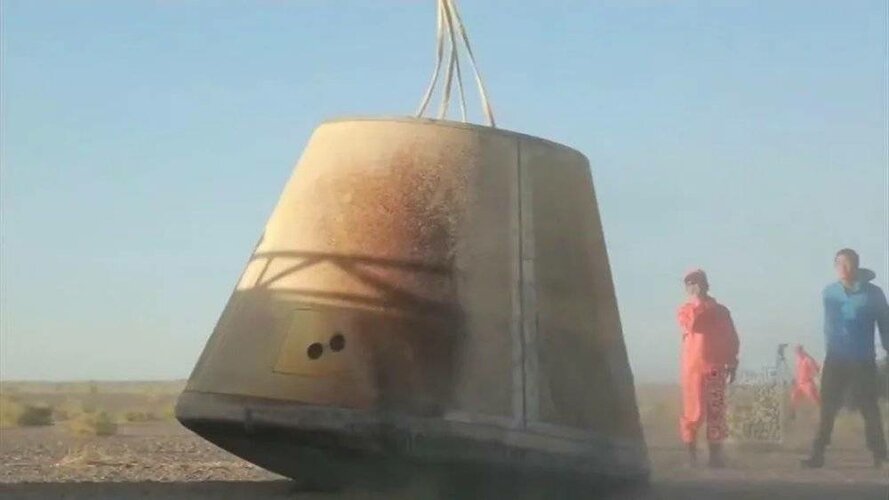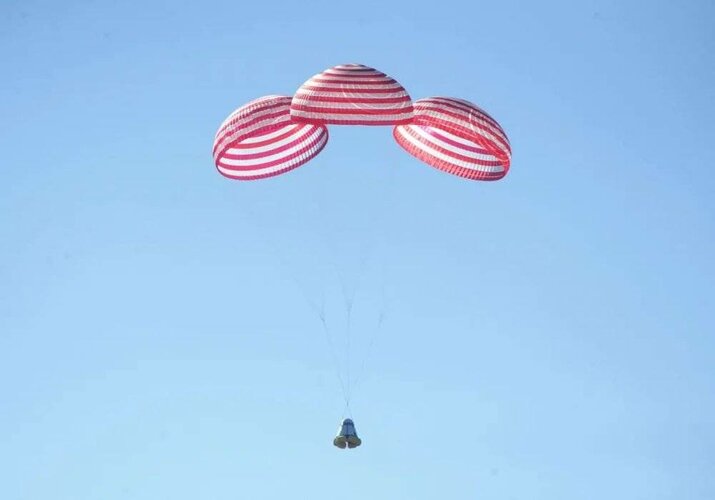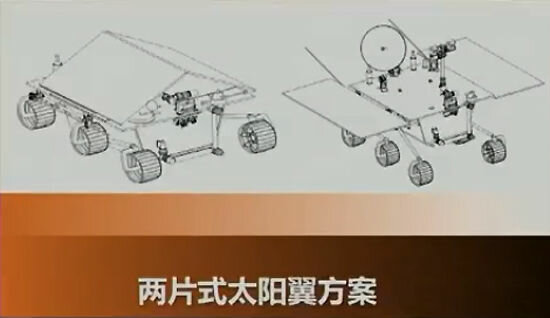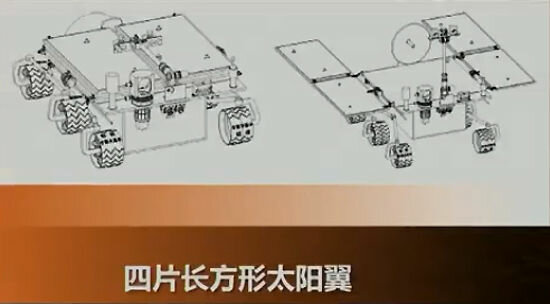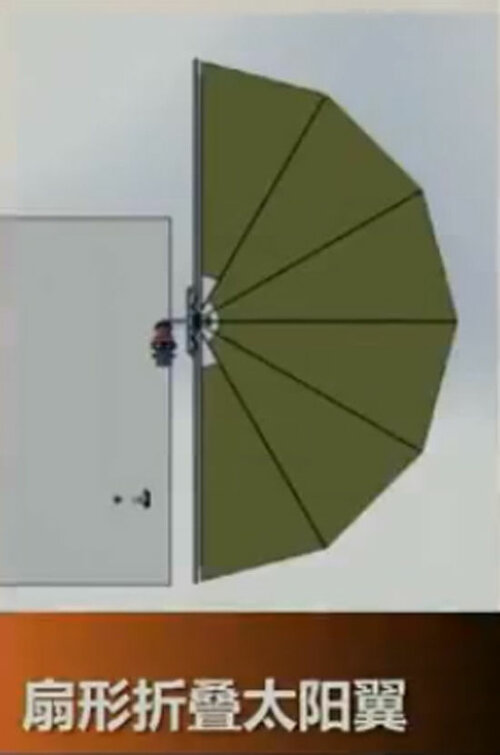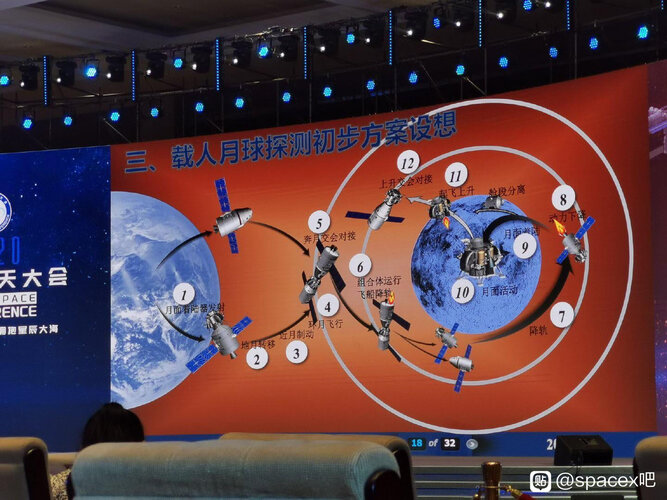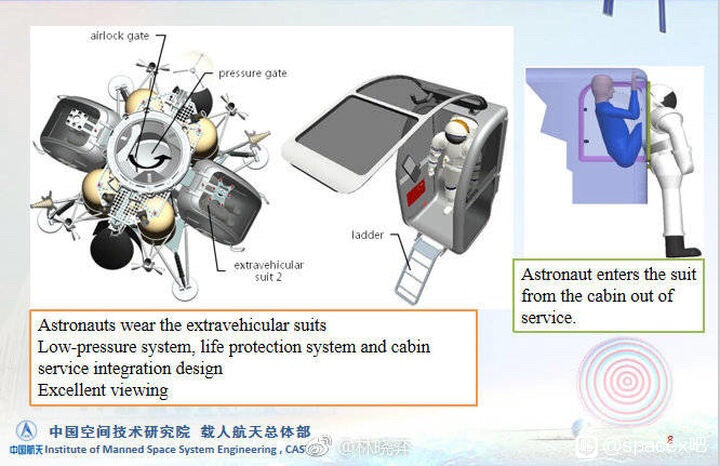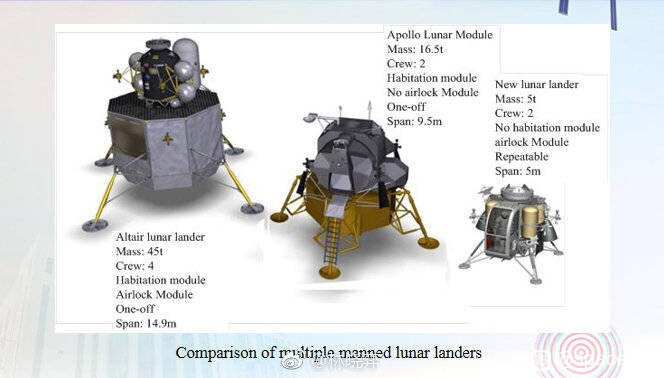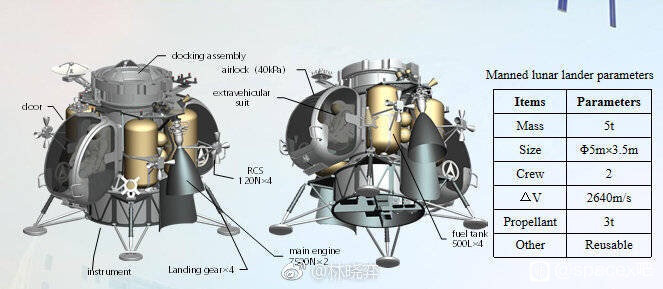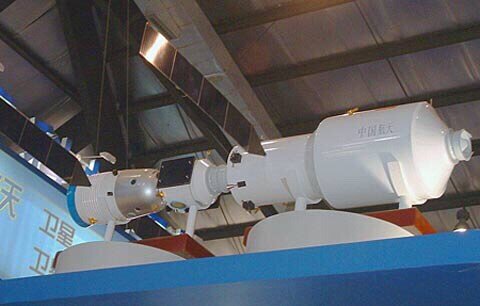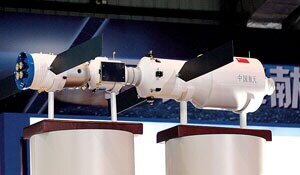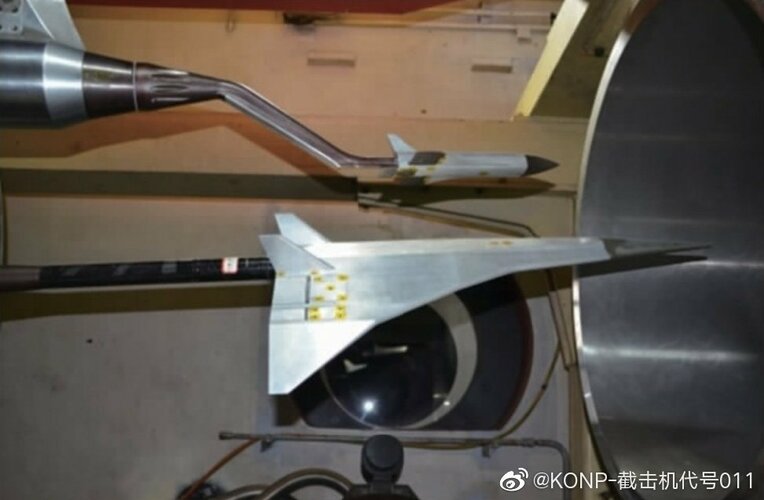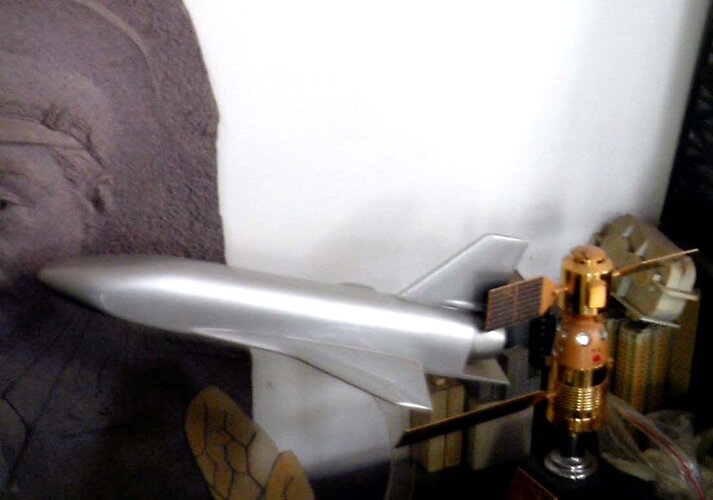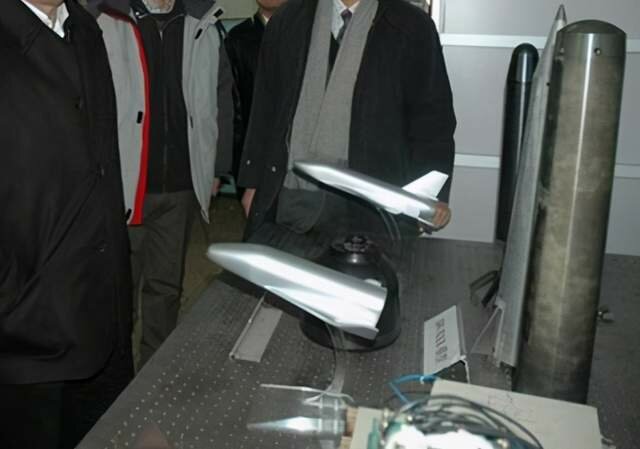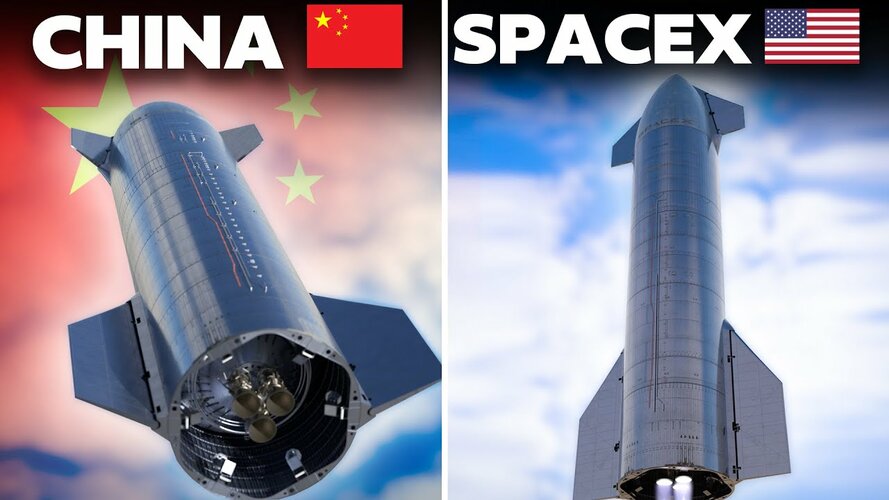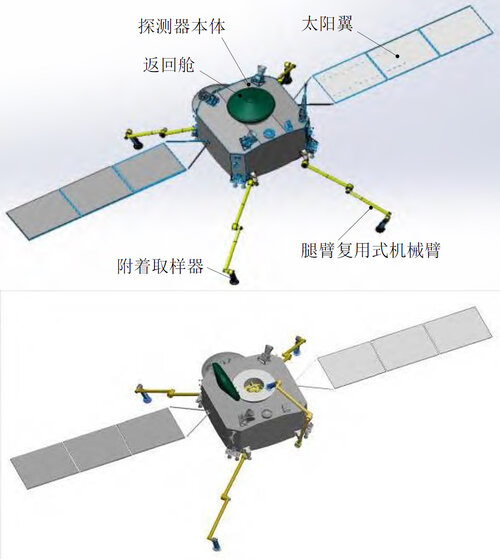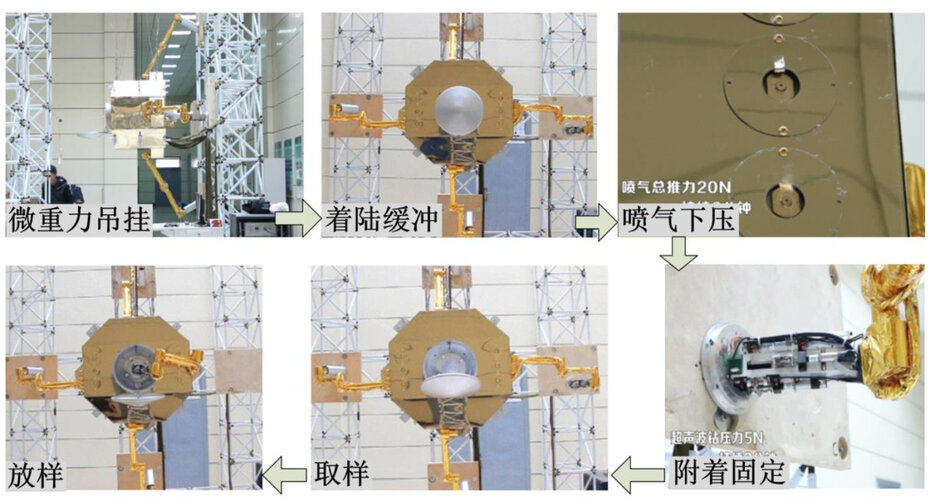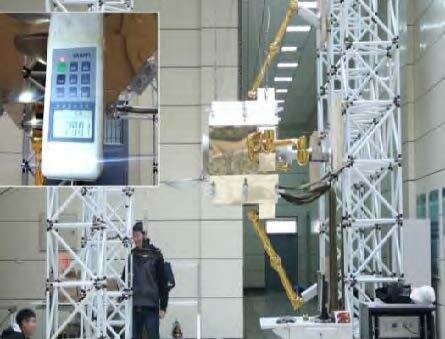Long Lehao Is an advocate of China's manned moon landingChina may use an existing rocket to speed up plans for a human Moon mission
China appears to be accelerating its plans to land on the Moon by 2030 and would use a modified version of an existing rocket to do so.
The chief designer of the Long March family of rockets, Long Lehao, said China could use two modified Long March 5 rockets to accomplish a lunar landing in less than a decade, according to the Hong Kong-based online news site, HK01. He spoke earlier this week at the 35th National Youth Science and Technology Innovation Competition in China. The full video can be found here.
China may use an existing rocket to speed up plans for a human Moon mission
China may seek to leapfrog NASA in its return to the Moon.arstechnica.com
about“modified Long March 5”···········
well,It is the same name for the rocket that was cancelled in 2013 for the manned moon landing program
but Not the same rocket
This is the composition of the old plan
From left to right,Long March 5A(Loading a manned spacecraft);“heavy rocket or Long March 9”;
Long March 5DY(Moon landing)with six booster,LEO 50T;Moon landing transfer rocket(looks like two TianZhou);Manned spacecraft(base on ShenZhou)。
This plan need three rocket launches······
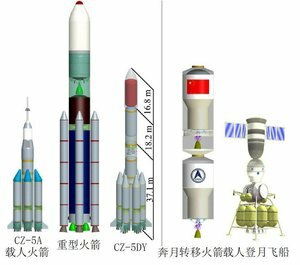
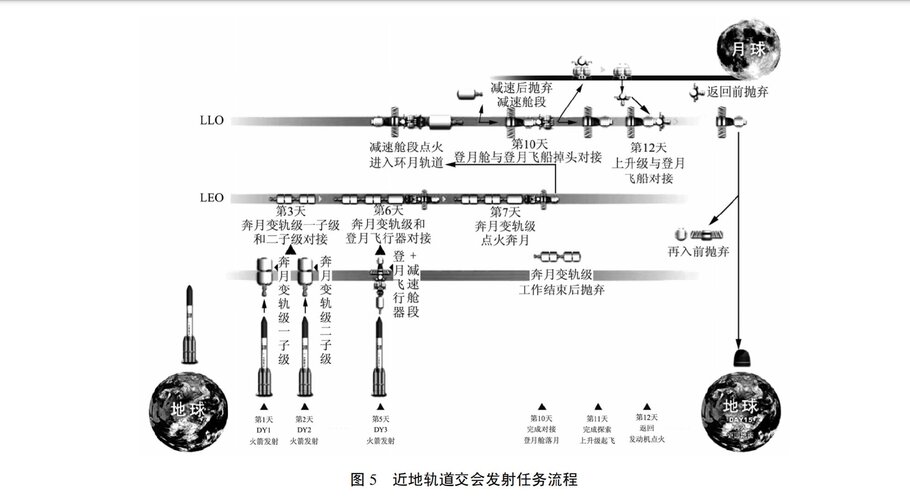
and this is new plan,also a rocket named Long March 5DY,But obviously it’s not the same rocket
need two rocket launches
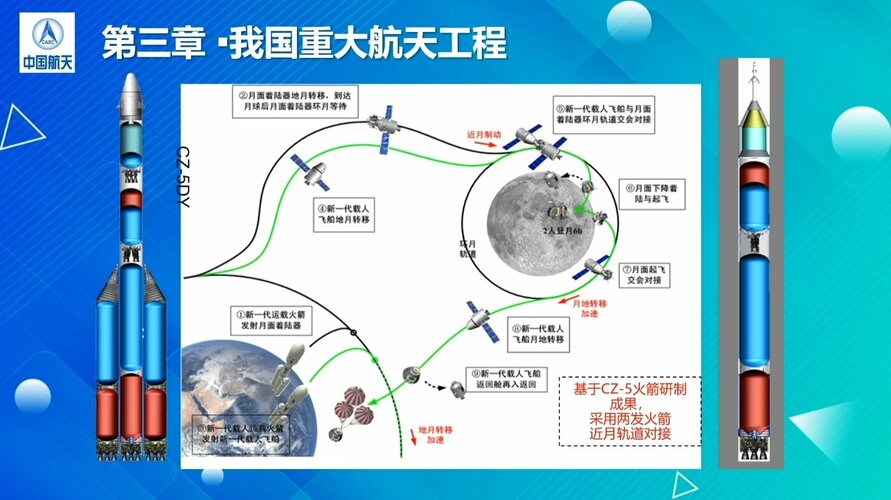
In fact, it’s hard to say that this rocket is the modified Long March 5.
Long March 5 on the left,On the right is the new rocket,This thing is more like China's heavy falcon
